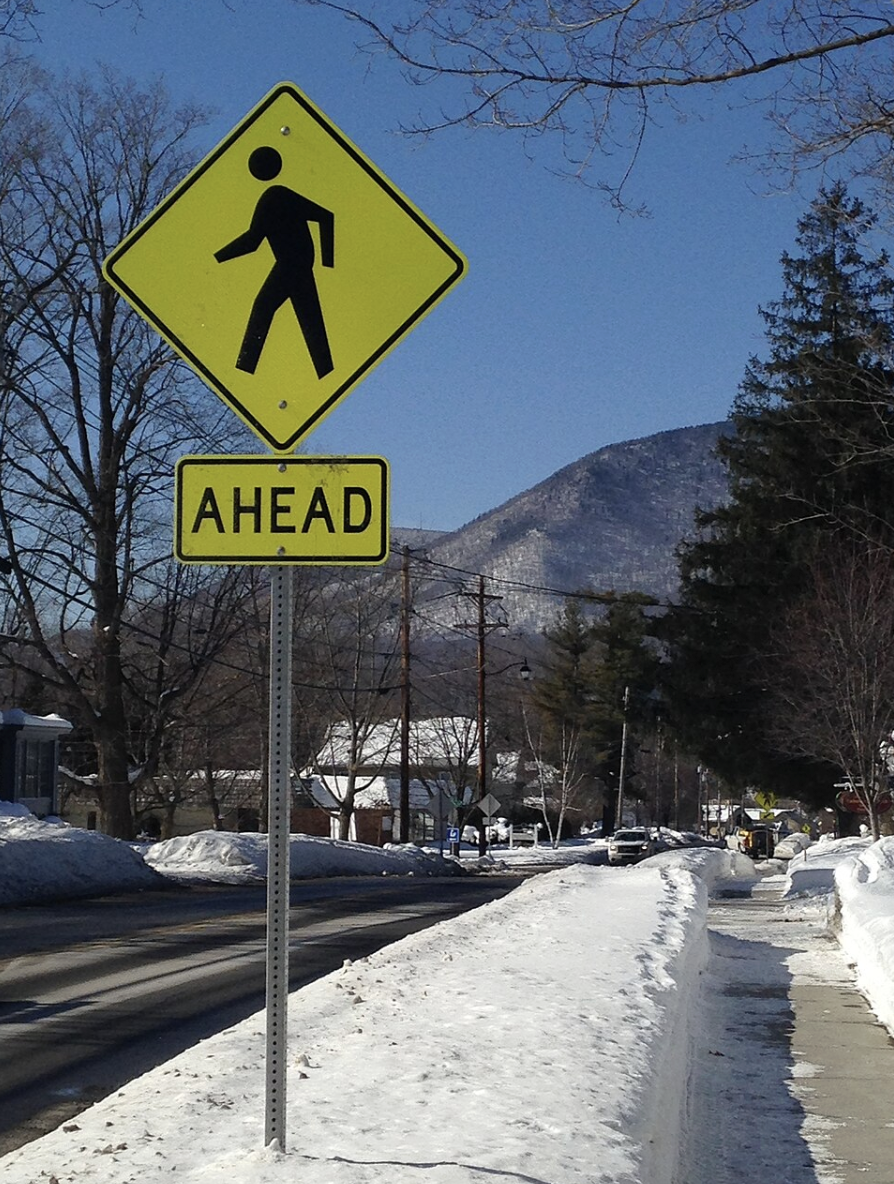Previously published Feb 16. 2022
Between April 2020 and April 2021, an estimated number of 313 wolves died in Wisconsin, which resulted in the state losing around 30% of the wolf population. Although the majority of wolves in question were killed by licensed hunters, there are many uncounted for deaths due to poaching. Environmental studies scientist, Adrian Treves, discovered that the number of wolves declined from 1,034 wolves to around 695 to 751 wolves. This exceeded the quota of 119 wolves set for non-native hunters. Researchers believe that the sudden decrease of the population of wolves was due to the relaxation of legal protections. The wolf population would be able to recover in a couple years if hunting wolves was outlawed, but with the current level of illegal poaching, it is becoming highly unlikely that the wolf population will return to what it once was. Santiago-Ávila, a postdoctoral researcher in the lab, affirms that once these wolves disappear, they won’t be found again.
Most states made it illegal to hunt certain endangered species, and wolves used to be under that legal protection until recently, when the regulations were relaxed. States have started to allow for a certain quota of wolves to be hunted. During the winter of 2019 to 2020, the state Department of Natural Resources calculated that around 1,030 wolves roamed Wisconsin and at least 218 wolves were killed in the month of February. Before the Trump Administration, wolves were placed on the endangered animal list, but in 2020, the Trump Administration removed wolves from the endangered animal list resulting in a hunting season in Wisconsin. While the wolves in Wisconsin are suffering due to relaxed legal protection, a pack of wolves in Oregon were poisoned in early December. Around $36,000 has been offered for information leading to the poisoning of the wolves that were part of a well-known wolf pack, the Catherine Pack. Hunting wolves is illegal in Oregon with the exception of self-defense. Spokeswoman for the Oregon Department of Fish and Wildlife, Michelle Denney asserted that the poisoning of an entire pack is a big deal. The protective regulations on hunting wolves have increased the population of wolves, but once states started to loosen the wolf protection laws, the population of wolves would decrease. Stricter wolf protection laws are shown to be beneficial to the population of wolves as there is a significant decrease in the amount of poaching in states with these laws. In 2015, Oregon removed wolves from Oregon’s Endangered List which added to the increase of poaching and illegal wolf hunts. The death of an entire wolf pack would affect the entire environment and would be harmful to the wildlife surrounding the wolf pack’s residence.
Wolves are generally at the top of most food chains, as they have few competitors. Wolves also tend to influence the dynamic of the landscape around them; the increase of wolves in an area caused a decrease in the number of coyotes in that area. If herds have been unexposed to wolves, then their population would increase. Wolves generally hunt in a group of five to fifteen and they have a great effect on the population of animals such as elk, deer, and moose. An increase in the wolf population would lead to the overhunting of prey, while fewer wolves would lead to the overpopulation of prey. It’s important to maintain a balance in the wolf population to benefit the ecosystem.
In the last decade, around 160 species have been declared extinct and around 8,000 species have gone endangered since the year 2000. Wolf protection laws will soon be mandatory in all states, if their population continues to decline at this rate. If animals as prominent as wolves go extinct, there would be a large imbalance in the ecosystem and it may even lead to more extinctions of other species.
Sources
- Johnny Diaz, “After 8 Wolves Are Poisoned, Oregon Police Ask for Help,” The New York Times, December 06, 2021, https://www.nytimes.com/2021/12/06/us/oregon-wolves-poisoned.html, Accessed January 07, 2022
- Eric Hamilton, “Hunting and hidden deaths led to estimated 30% reduction in Wisconsin’s wolf population,” News, July 05, 2021, https://news.wisc.edu/hunting-and-hidden-deaths-led-to-estimated-30-reduction-in-wisconsins-wolf-population/, Accessed January 07, 2022

















![Teacher [Milk] Tea: Part 2](https://bisvquill.com/wp-content/uploads/2024/03/Screen-Shot-2024-03-19-at-9.28.48-PM.png)




































